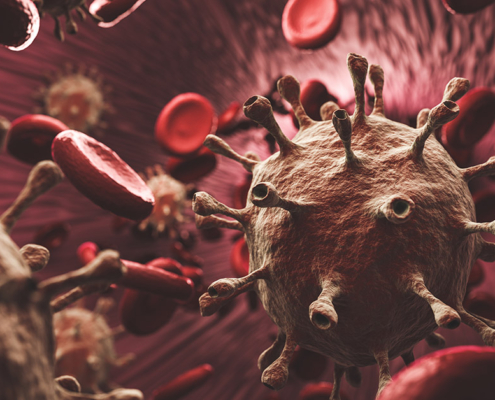Important Bloodborne Pathogens and How to Avoid Them – Part 2
Bloodborne pathogens are infectious microorganisms that can be present in human blood and cause life-threatening diseases. Exposure might occur through contact with contaminated blood, other body fluids, needle sticks, and cuts from sharp objects.
Workers, especially first responders and healthcare personnel, may be at a higher risk of exposure. To reduce the hazard, employers must deploy an effective control plan, including medical surveillance, employee training, personal protective clothing and equipment, and vaccinations.
If someone’s exposed to a bloodborne pathogen, they must flush the splash thoroughly, wash cuts with soap and water, report the incident to a clinical supervisor in the workplace, and seek medical evaluation. It’s their responsibility to obtain the initial appointment and subsequent follow-ups with a healthcare provider.
Is HIV A Bloodborne Pathogen?
Nearly 1.2 million people in the US are living with HIV. It’s a viral infection that attacks the body’s healthy cells to cause AIDS. About 13% of the people don’t even know they have it and require testing to confirm the results. HIV, or Human Immunodeficiency Virus, is a primary health concern to health workers. It can be transmitted through blood and other body fluids, including semen, vaginal secretions, or contaminated urine, saliva, and feces. Thus, individuals must follow safer sexual practices and health care to prevent exposure.
Is Hepatitis A Bloodborne Pathogen?
Hepatitis, including Hepatitis B and C, majorly affects the body’s liver functioning and is more dangerous than HIV. The infection can spread through direct and indirect contact. So, one must consider all fluids, including blood, semen, saliva, and feces, as contaminated to avoid the risks as much as possible. Plus, safe injection practices, health care, and blood transfusion must be followed.
Is TB A Bloodborne Pathogen?
TB or Tuberculosis is an airborne pathogen spread through the air from an infected person to anyone near that person. When the person with TB speaks, laughs, sings, coughs, or sneezes, anyone near them can breathe the germs into their lungs. However, the infection isn’t as contagious as cold and flu. Being in close contact for prolonged periods can transmit the disease.
Is Malaria A Bloodborne Pathogen?
Malaria is a bloodborne pathogen that world economies are battling with. It is caused by a unicellular organism introduced by the bite of an infected mosquito into the human bloodstream. This parasite cannot survive outside its host and is commonly found in hot and humid areas. Even though the condition’s prevalence is reducing, its mortality rate is concerning. So, one must use insect repellents, especially during monsoons and in mosquito-ridden areas. Allow no standing water and cover the doors and windows with nets. Employers must also conduct educational campaigns to familiarize everyone with safe practices. If one suspects being infected with malaria, seek medical help immediately.
Is MRSA A Bloodborne Pathogen?
MRSA, or Methicillin-resistant Staphylococcus Aureus, is another example of a bloodborne pathogen. It’s an antibiotic-resistant staph bacteria that lives in the nose and on the skin. It’s common in healthcare facilities and can spread through physical contact, infected wounds, and sharing contaminated objects. Therefore, one must practice good hygiene, keep wounds clean and covered, and avoid sharing personal items.
Those interested can also check out this bloodborne pathogen training by First Responder Training to spread awareness on how these microorganisms can be avoided. Click here to get started.
First Response Training International offers courses in First-aid, CPR, AED, Workplace Safety, and more. To learn more about our classes and curriculum visit our Training Programs page. If you are interested in becoming a First Response CPR/First-aid Instructor, visit our Becoming an Instructor page. Thank you for reading and sharing this blog.












Laisser un commentaire
Voulez-vous participer à la discussion ?N'hésitez pas à contribuer !